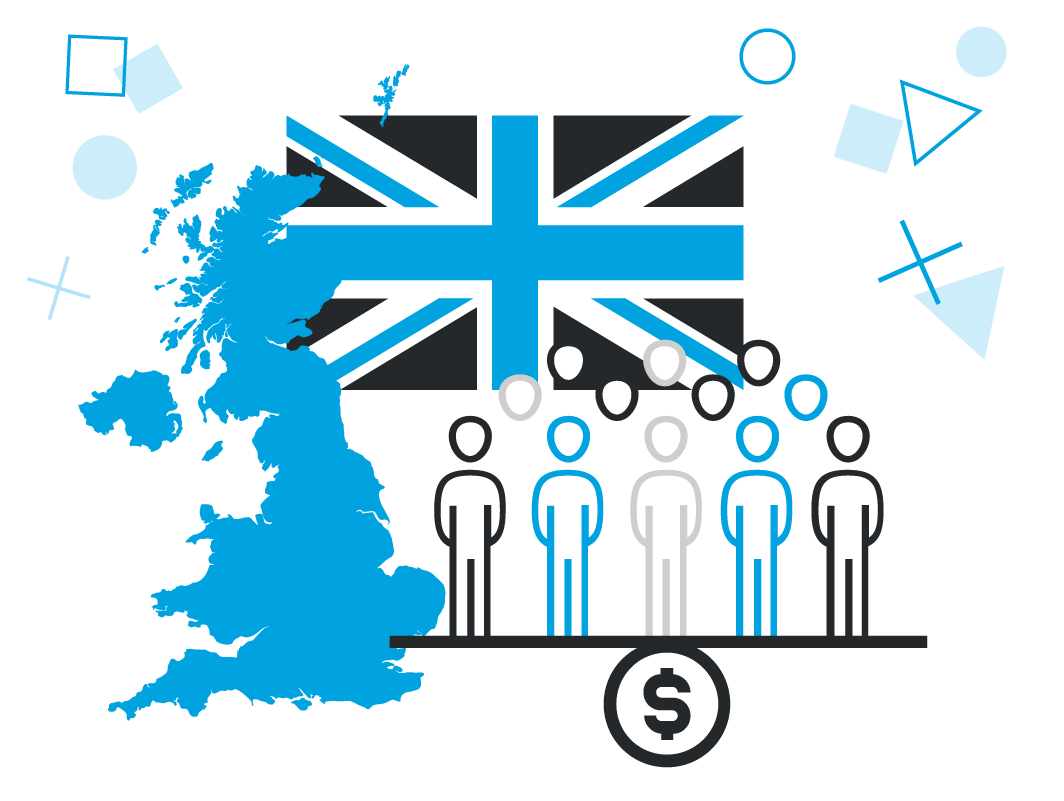
![]()
On April 24th, 2023, the Council of the European Union formally adopted the EU Pay Transparency and Pay Reporting Directive, following its approval by the European Parliament on March 30th. Its key aim is to close the gender pay gap by introducing some of the most stringent and comprehensive pay transparency laws to date.
The EU Pay Transparency Directive has the potential to become a blueprint for the US at the federal level, as well as for global pay equity laws. It requires companies to report on gender pay gaps and enforces strict rules for remedying and enforcing equal pay for work of equal value between men and women.
“Equal pay for equal work’’ is one of the EU’s founding principles enshrined in Article 157 of the Treaty on the Functioning of the European Union (TFUE). Across the EU, the gender pay gap stands at just under 13%, a figure which has remained largely unchanged in the past decade. Pay discrimination – coupled with a lack of pay transparency – has been highlighted as one of the key factors behind its stagnation.
Gender pay transparency was identified as a key priority in the EU Gender Equality Strategy 2020-2025.
5 key elements of the EU Pay Transparency Directive
The EU Pay Transparency Directive requires every major employer to comprehensively review its pay equity policies. Key elements of the Directive include:
- During the hiring process, employers must provide information about the pay level of their job listings prior to interview and cannot ask job applicants for information on their salary history.
- All employees can request information on their individual and average pay levels (within two months), categorized by gender, for workers doing the same work or work of equal value, and must have access to the criteria used to define salary and pay raises.
- Where an unjustified gender pay gap of 5% or more exists, employers are required to carry out a Joint Pay Assessment in cooperation with workers’ representatives.
- The EU Pay Transparency Directive also introduces a “shift of burden of proof’’ in cases of alleged pay discrimination. The burden of proof will be on the employer, not the worker, to prove that there was no discrimination in relation to pay.
- Workers who have suffered gender pay discrimination are entitled to compensation, including full recovery of back pay and related bonuses or payments in kind. There is no cap on compensation.
In an unprecedented step, the legislation recognizes people who identify as non-binary, the first time intersectional discrimination has been defined in EU legislation. Employers must also ensure the needs of workers with disabilities are taken into account.
How does the EU Pay Transparency Directive Affect the US?
The Pay Transparency Directive will affect any organization with operations in its member states. Employers are required to report on their gender pay gap by 2026 for organizations with more than 250 employees, and by 2031 for companies with 100 or more employees.
The Directive could also form the basis of future US pay equity legislation at the federal level. The introduction of “Salary Transparency Act’’ HR 1599 by Eleanor Holmes Norton (D-DC) suggests a cultural shift towards national pay transparency. HR 1599 would require wage ranges to be provided to job applicants and allow employees to request pay scales for their current roles.
A further indication is the expected reintroduction of EE0-1 Component 2 during 2023. This relates to pay data reporting required as part of EEO-1 reporting. Organizations with more than 100 employees during the 2017 and 2018 “workforce snapshot periods” were required to submit Component 2 data for each reporting year, and for all full-time and part-time employees. The most recent deadline for submitting this data was September 30, 2019.
In terms of additional pay data reporting, EEO-1 Component 2 would require organizations to provide:
- A breakdown of hours worked
- Pay information from Box 1 of employee W-2s (also by ethnicity, race, and sex)
Could a revised version of EEO-1 Component 2 adopt elements of the EU Pay Transparency Directive?
The requirements of EEO-1 Component 2 in its current form are not comparable with the EU’s legislation which aims to “empower workers to enforce their right to equal pay through a set of binding measures on pay transparency (before and after employment).’’
The goal of EEO-1 Component 2 was to assist the Equal Employment Opportunity Commission and the Office of Federal Contract Compliance Programs (OFCCP) to identify potential pay disparities and discrimination and encourage companies to proactively close the gender pay gap. Steps towards greater pay transparency could be taken by including the following in its pay data reporting requirements:
Expand employee definition and job categories: The EU Pay Transparency Directive uses the wider term of “worker’’ versus “employee’’, to create a broad and inclusive range of people. This definition includes independent contractors, agency workers, job applicants, part-time and full-time employees. It also extends to “domestic workers, on-demand workers, intermittent workers, voucher based-workers, platform workers, workers in sheltered employment, trainees and apprentices’’, provided they meet the relevant criteria.
Ensure full intersectional reporting: As noted above, the Pay Transparency Directive gender pay gap reporting now includes provision for non-binary workers to prevent pay discrimination.
Expand the “workforce snapshot period’’ and pay data reporting criteria: A longer “snapshot period’’ would give a deeper insight into potential pay discrimination. Extending the criteria for reporting would also provide more insight. For instance, the Pay Transparency Directive requires pay data reporting on six principal areas:
- Gender pay gap by worker categories or ordinary basic salary
- Gender gap in complementary or variable components (base pay and bonuses, additional compensations etc)
- Median gender pay gap
- Median gender gap in complementary or variable components
- Proportion of female and male Workers receiving complementary or variable components
- Proportion of female and male Workers in each quartile pay band
Consider a gender pay gap threshold for action: EU employers will be required by law to act when the gender pay gap exceeds 5%. If the EU Pay Transparency Directive is ultimately to become a blueprint for US pay transparency laws, it is an issue to consider as the country remains in the grip of a gender pay gap.
While an announcement is still awaited on EEO-Component 2, employers can take steps now to ensure compliance. Trusaic offers comprehensive EEO-1 reporting solutions for both Component 1 and Component 2 requirements to minimize risk and ensure timely reporting.
For organizations with operations in the EU, the onus is now on companies to prepare for compliance. The first step is a pay equity audit. Trusaic’s PayParity carries out an audit across an organization’s workforce at the intersection of gender, race/ethnicity, age, disability, and more. The results help employers to identify and address the root causes of pay disparities and take steps to address pay inequity. The insights provided by PayParity can help employers to comply with complex pay transparency legislation, including the EU Pay Transparency Directive.
Trusaic is GDPR compliant and can assist any organization in any EU state in meeting its obligations under both the EU Corporate Sustainability Reporting Directive and the EU Pay Transparency Directive.
It’s never too early to prepare for pay legislation. Pay transparency is a movement which is gathering momentum. If the EU Pay Transparency Directive is indeed the blueprint for future US pay transparency laws, the time to act is now.
Talk to one of our experts.
Watch The Employer’s Guide to the EU Pay Transparency Directive Webinar.




